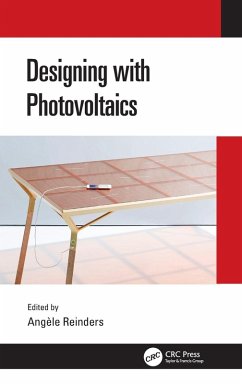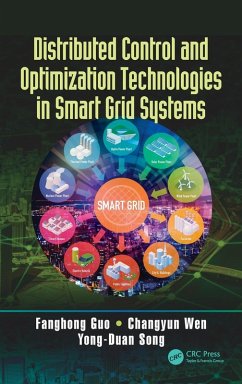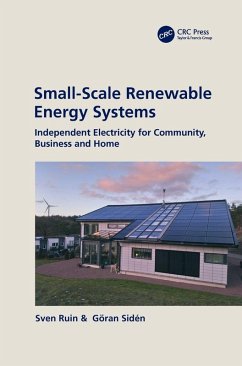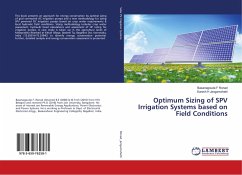
Small Wind Turbines for Electricity and Irrigation
Design and Construction
Versandkostenfrei!
Versandfertig in 1-2 Wochen
112,99 €
inkl. MwSt.
Weitere Ausgaben:

PAYBACK Punkte
56 °P sammeln!
This practical book deals with the technology of small-power wind turbines as opposed to widely diffused industrial wind turbines and wind farms. It covers the most common wind turbine technologies in the small power segment: horizontal axis both for electrical generation and water pumping, vertical axis of the Darrieus type, and vertical axis of the Savonius type. With each chapter following the same didactic scheme-a theoretical explanation and practical examples showing calculation procedures-it allows anybody with basic technical knowledge to design and build a small wind turbine for any s...
This practical book deals with the technology of small-power wind turbines as opposed to widely diffused industrial wind turbines and wind farms. It covers the most common wind turbine technologies in the small power segment: horizontal axis both for electrical generation and water pumping, vertical axis of the Darrieus type, and vertical axis of the Savonius type. With each chapter following the same didactic scheme-a theoretical explanation and practical examples showing calculation procedures-it allows anybody with basic technical knowledge to design and build a small wind turbine for any site. A set of simple spreadsheets is available for download, each providing further examples of how to solve specific design problems and allowing the reader to play with changing parameters and see what-if. This simple trial-and-error learning process allows beginners to develop the feeling of the orders of magnitude involved in the design of a small wind power system, its potential advantages on other alternative solutions, and its limitations under some special circumstances.














